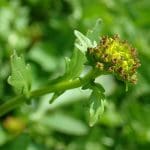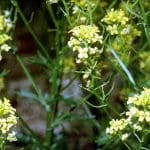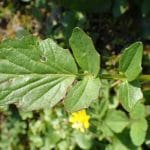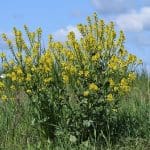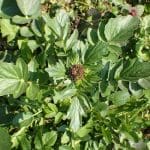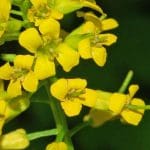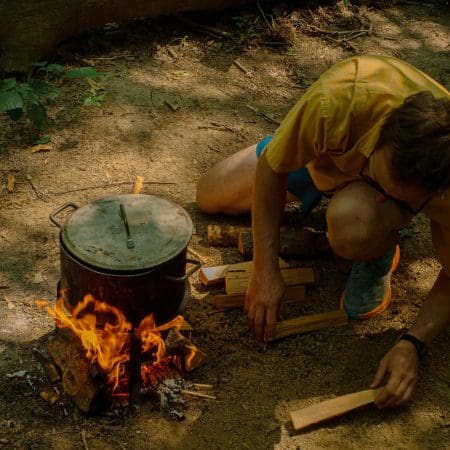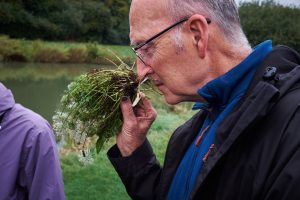Wintercress / Spring / Winter / Edible
Wintercress is a biennial member of the Cabbage family, it’s not overly common but it’s a great plant to find over winter when other greens have disappeared.
Common Names
Wintercress, Winter cress, Yellow rocket, Herb Barbara, Rocketcress, Winter rocket, Wound rocket
Botanical Name
Barbarea vulgaris
Scientific Classification
Kingdom – Plantae
Order – Brassicales
Family – Brassicaceae
Physical Characteristics for Wintercress
Leaves
The leaves grow from a basal rosette and are dark green, glossy and smooth to touch. They are lobed and at least 10 cm long.
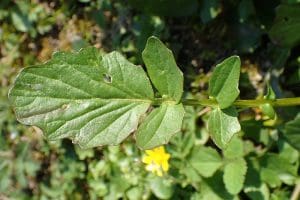
Flowers
The flowers are small (7-9mm) and bright yellow. Each flower has four petals arranged in a cross shape, they grow in dense clusters at the top of the stem.
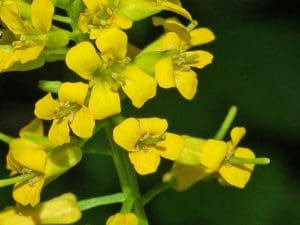
Fruit
The plant produces long, thin, elongated seed pods. The pods are around 1.5-3 cm long.

Habitat
It’s typically found in damp areas, river banks, ditches for example.
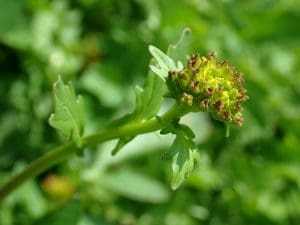
Known Hazards
None known.
Could be Confused with…
It could be confused with other cresses for example Hairy Bittercress, but as all cresses are edible it’s not really a huge problem.
Edible Uses
The taste is similar to Watercress and the leaves can be used raw in salads to add a nice peppery kick, they also work well cooked like spinach. The flowers are nice added to salads. The unopened flower buds somewhat resemble broccoli and can be used in a similar way, but with a much more exciting flavour.
The seeds can be dried and used as a spice or used to make mustard.
Notes on Herbal Uses
The plant is a good source of vitamin A and C. In parts of rural Italy a broth made from the plant is used to treat respiratory illnesses.
Native American populations used the plant to purify blood and to soothe coughs.
It’s believed that the ancient Greeks used Wintercress as an aphrodisiac.
Modern herbalists use the plant to enhance appetite, treat rheumatism, and to help with chronic diarrhoea.
Extra notes from the Foragers
Winter cress is actually a genus of about 20 species of the mustard family, they can be found in most parts of the Northern hemisphere and are typically biennials or perennials. All are edible.
The genus name Barbarea derives from Saint Barbara, the patron saint of artillerymen and miners, as this plant in the past was used to soothe the wounds caused by explosions. The seeds were traditionally planted on St. Barbara’s day which is the 4th of December.
References:
https://en.wikipedia.org/wiki/Barbarea_vulgaris
https://wildflowerfinder.org.uk/Flowers/W/Wintercress/Wintercress.htm



